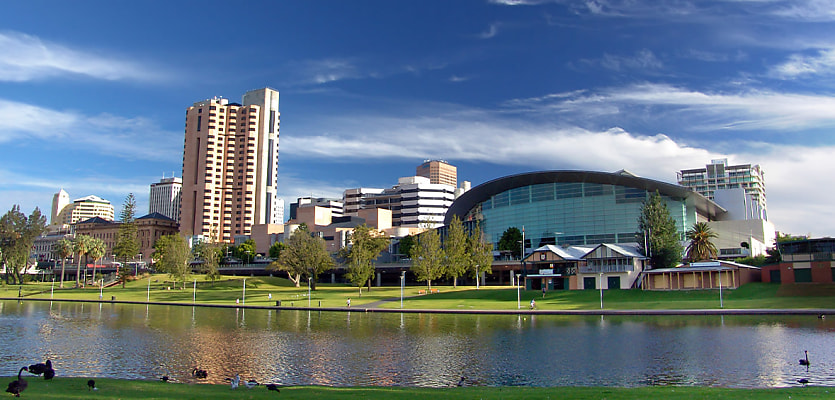Australia’s national median dwelling value increased to a new record high in June, with Adelaide notching up the highest increase in a month when every capital city recorded price growth.
PropTrack’s latest Home Price Index showed that home prices grew 0.4 per cent over the month to a median value of $821,000, which was 4.6 per cent higher than national levels recorded in June of last year.
REA Group’s senior economist, Eleanor Creagh, linked the monthly growth to the effects of lowered interest rates, following the Reserve Bank of Australia’s (RBA) two previous cash rate cuts in 2025.
“As interest rates have fallen, price momentum has strengthened and extended across the country, with all markets recording gains in June,” she said.
Capital cities surge for price growth in June
The report showed that the capital city markets led the gain in dwelling prices over June, with combined values growing 0.4 per cent to a new peak median value of $923,000.
Across the capital cities, Adelaide came on top for monthly dwelling gains and rose 0.6 per cent to a new peak median value dwelling of $837,000.
The monthly growth propelled Adelaide’s dwelling price to be 9.8 per cent higher than values from the year prior, and cemented the market’s status as the strongest performing capital city for annual growth.
Sydney and Hobart jointly recorded the next highest growth of 0.5 per cent during June, which brought each city’s median dwelling price to $1,182,000 and $656,000, respectively.
While prices in the Sydney market are currently at peak levels, values in the Hobart market register 8.3 per cent below their peak, marking the greatest disparity across the capital city markets.
Up to north, Brisbane’s monthly price growth of 0.3 per cent drove the city’s median house price to surpass the $1 million mark for the first time, and situated median dwelling values 8.3 per cent above levels from one year ago.
Although Melbourne continued to recover over June with a monthly growth of 0.3 per cent, Creagh said the city’s current median dwelling value of $818,000 still remains 1.1 per cent below the market’s peak level.
Following the outperformance of the smaller capital cities such as Adelaide, Brisbane and Perth in 2024, Creagh said that improved market conditions have resulted in broad-based growth across all the nation’s capital cities.
“Market momentum is building amid renewed buyer confidence and improved sentiment, buoyed by falling interest rates and expectations of another rate cut in July,” Creagh said.
Creagh said the upturn in price growth would depend on affordability constraints over 2025, but noted that additional interest rate cuts could help to lift levels of buyer sentiment and activity in turn.
“Further interest rate cuts expected later this year will ease borrowing costs, adding to the momentum in housing demand and reinforcing recent price growth,” she said.
Regional markets remain resilient
The report found that median dwelling values in the combined regional areas grew by 0.3 per cent to $646,000.
Across the nation, the regional Queensland market recorded the highest monthly price growth of 0.5 per cent in June, which pushed its median dwelling value to a new height of $719,000.
Although monthly growth in the regional areas registered lower than in the capital cities, PropTrack’s data showed that the combined regional markets posted comparatively higher annual growth of 6 per cent.
“While growth in the regions has been slower than the rebound across the capitals in 2025, regional markets remain resilient, supported by affordability and lifestyle appeal,” Creagh said.
“Regional prices are now up just above 65 per cent over the past five years,” she added.
Creagh said that continued population growth and limited levels of new housing stock are expected to place particular pressure on the more affordable end of the nation’s housing market and sustain price growth over the second half of 2025.
Even with the interplay of favourable market conditions, Creagh pointed to persistent affordability constraints in forecasting more reserved price growth than in years prior.
“Despite these tailwinds, the upturn remains gradual and stretched affordability will see a more measured upswing than in previous easing cycles,” she concluded.







You are not authorised to post comments.
Comments will undergo moderation before they get published.